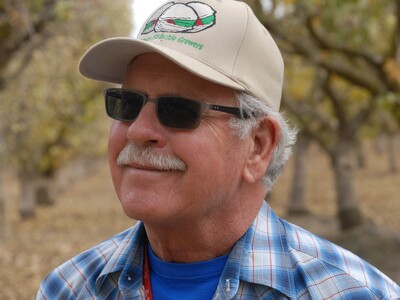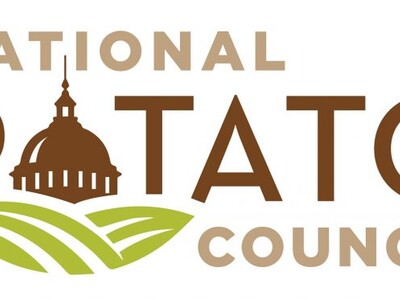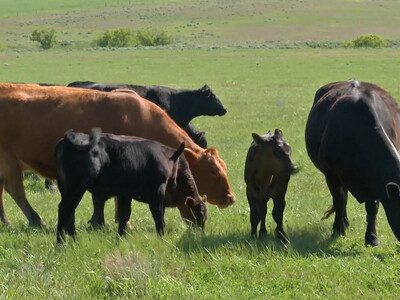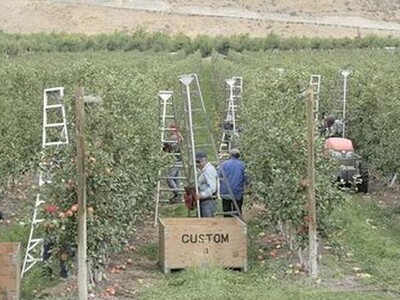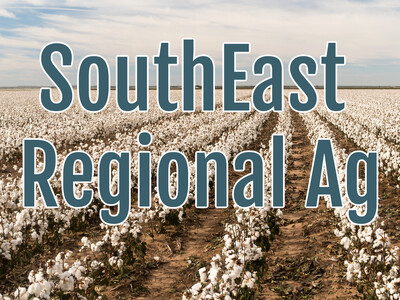Roosevelts
Long time buddy and professional hunting guide, Mike Jenkins with Up Front Outfitters reached out to me and said that he was presenting elk calling seminars at Sportsmen's Warehouse. I told Mike that Sportsmen's Warehouse was one of our sponsors and here's his reaction: "Oh you're kidding. I am a specialist in elk calling and so I'm giving a seminar at my local Sportsmen's Warehouse." If you are interested, and you should be, I will tell you at the end of this episode how to get in touch with Mike. It should be noted that Mike guides hunts on Roosevelt elk which exist in one and only one spot. They are West of Interstate 5 running all the way from California up into British Columbia. So there is a trophy that not many hunters have enjoyed capturing. The Roosevelt elk is not to be confused with the Rocky mountain elk. They live in the rain forests of the Pacific Northwest and were introduced to Kodiak, Alaska's Afognak and Raspberry Islands in 1928.[2][3] The desire to protect the elk was one of the primary forces behind the establishment of the Mount Olympus National Monument. Adults grow to around 6–10 ft (1.8–3 m) in length and stand 2.5–5 ft (0.75–1.5 m) tall at the shoulder.[3] Elk bulls generally weigh between 700 and 1100 lb (300–500 kg), while cows weigh 575–625 lb (260–285 kg).[1] Some mature bulls from Raspberry Island in Alaska have weighed nearly 1300 lb (600 kg).[1]From late spring to early fall, Roosevelt elk feed on herbaceous plants, such as grasses and sedges.[3] During winter months, they feed on woody plants, including highbush cranberry, elderberry, devil's club, and newly planted seedlings (Douglas-fir and western redcedar).[3] Roosevelt elk are also known to eat blueberries, mushrooms, lichens, and salmonberries.[3]








